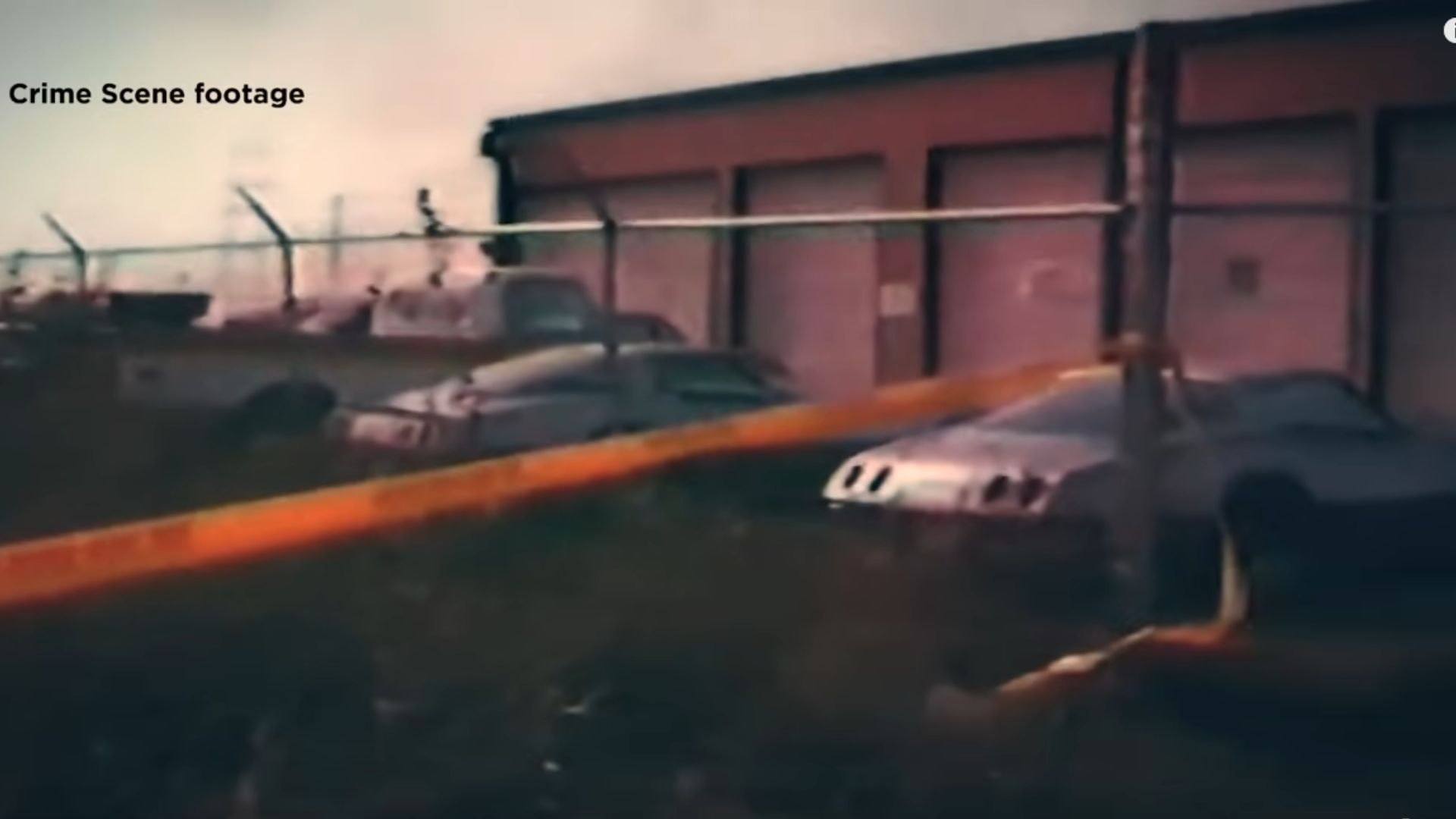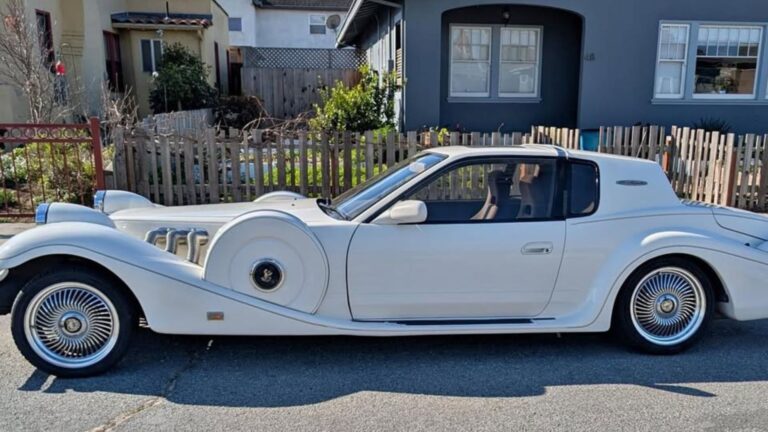
Image via KPRC 2 Click2Houston/YouTube
Back in 1983 League City, Texas was rocked by a triple murder at a local shop called Corvette Concepts. The community was fearful a vicious mass murderer was on the loose, fueling an eager push by police to solve the case rapidly. However, even though several suspects were investigated, the case eventually went cold.
Kid playing with a GoPro solves a cold case.
But an FBI investigation into the Corvette Concepts killings almost 30 years later breathed new life into the investigation. A documentary put together by local news station KPRC 2 helps tell the story of how the horrific murder case was finally solved and justice served.
On November 2, 1983 the triple murder took place after the Corvette specialty shop was closed. However, the bodies weren’t discovered until the next morning until co-owner Bob Currie arrived to open up the shop.
When police arrived on the scene, they found Beth Yevette Wilburn, co-owner of Corvette Concepts, dead with 114 stab wounds to the torso, all done with a screwdriver. She had also been shot four times in the head with a suppressed .22-caliber handgun.
James Oatis, an electrician who had just happened to be at the shop to hang some lights, was found with eight gunshot wounds to the head.
The third victim, Halliburton employee and Wilburn’s boyfriend Thomas Early McGraw, had been stabbed in the back with a screwdriver 15 times, then shot seven times.
One of the suspects in the original investigation was Jesse Dean Kersh, a mechanic who worked for Corvette Concepts. However, Currie was focused on almost exclusively by investigators since he and Wilburn had been in a failed romantic relationship.
When FBI investigators came on the case in 2006, the lead investigator realized there was a person related to the case who was never interviewed, a former roommate of Kersh. Conducting an interview with the man, the FBI learned Kersh lied when he told police he never owned a .22-caliber handgun, a purchase the former roommate witnessed.
What’s more, the former roommate recounted how he helped Kersh create and weld on a silencer. A forensic analysis by the FBI concluded the bullets went through a homemade silencer. However, it was circumstantial evidence.
As the investigation wore on, some DNA found under Hilburn’s fingernails was examined by the FBI, which ruled out Currie but didn’t conclusively prove the murderer was Kersh.
Ultimately, investigators concluded the murders were fueled by Kersh feeling threatened since he wasn’t a skilled mechanic and Wilburn laying into him after yet another customer complained about the shoddy work. Some even believe Wilburn fired Kersh on the spot. Either way, investigators concluded Kersh committed the murders in a fit of rage, using a tool at hand before getting his handgun from his car.
Finally, the case against Kersh went to trial. One of the key pieces of evidence was the ballistics examination from the FBI which concluded the .22-caliber bullets came in contact with a homemade silencer combined with Kersh’s old roommate’s testimony. Kersh also had some inconsistencies in his testimony on the stand, helping to secure his fate.
Kersh was sentenced to life in prison. It doesn’t bring his victim’s back, but perhaps to some extent justice has finally been served.
Image via KPRC 2 Click2Houston/YouTube



